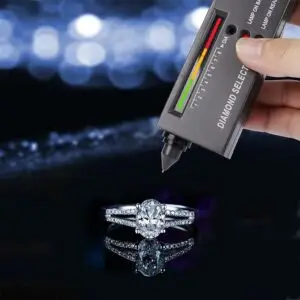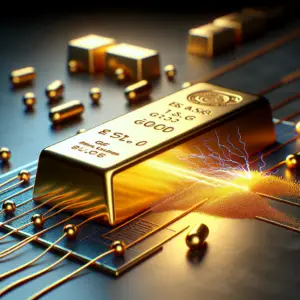XRF (X-Ray Fluorescence) – A Powerful Analytical Tool for Precious Metals Testing
XRF is a non-destructive, fast and accurate technique used by precious metals companies for identifying and analyzing the elemental composition of precious metals. The technique works by exposing a sample to X-rays, which causes the atoms in the sample to emit fluorescent X-rays. These X-rays are then detected and analyzed to determine the composition of the sample.
In the context of precious metals, XRF technology is a powerful tool for determining the purity and authenticity of precious metals such as gold, silver, and all PGMs (Pt, Ir, Pd, Rh, Ru, Os) . Precious metals companies rely on XRF testing to verify the composition of precious metal alloys and detect any impurities that may be present.
Refining companies mostly use XRF for preliminary assay to identify the alloy/scrap components as a base for advance payment and identifying hazardous or problematic metals in the scrap before starting the process.
Handheld XRF devices have become a common and basic tool for metal traders and recyclers as they are fast, non-destructive, and easy to use.
The XRF method is also used in the mining industry as it is accurate and can detect even trace amounts of elements.
At A.G. Metals, we have used XRF testing for over 20 years, in which time we have become experts in using this technique. Although it is simple to operate the device, excellent results can only be achieved with expert knowledge of which software to use and an understanding of the limitations of the XRF device.
If you are interested in performing XRF assay for auto catalytic converters, we invite you to read our article here.



